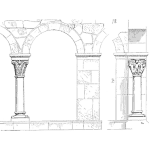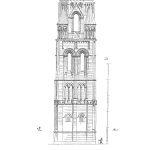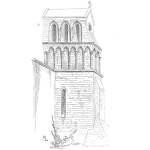
The 20th Century saw maintenance strategy evolve from corrective, predictive and preventive maintenance to reliability maximization. During the 21st century maintenance will disappear and be replaced with risk-free equipment operation where no failures occur. The first steps taken by LRS Consultants toward building risk-free businesses and riskless operational processes was the invention of the Plant Wellness Way “system-of-reliability” methodology.
[Read more…]













 Ask a question or send along a comment.
Please login to view and use the contact form.
Ask a question or send along a comment.
Please login to view and use the contact form.